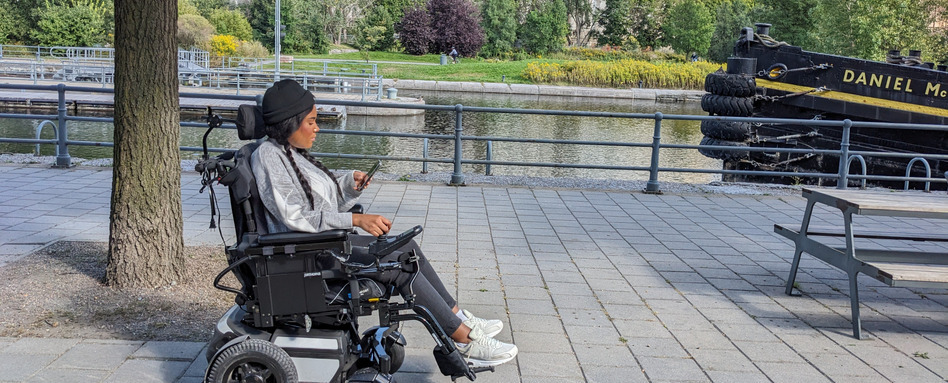Background
Trans Canada Trail’s mission is to connect Canadians and visitors through accessible and inclusive outdoor activities. To that end, Trans Canada Trail has a funding stream to support projects and initiatives that increase Diversity, Equity, Inclusion and Accessibility along the Trail.
Eligibility
- All applications must meet the general eligibility requirements outlined in Section 2 of the Trail Funding Program’s Framework
- Applications submitted must agree to meeting all applicable standards, codes, bylaws and regulations pertinent to the project and region
- Applicants must provide valid proof of liability insurance, as it pertains to the section of the Trail where the project is taking place
- Applicants must complete the eligibility questionnaire at the beginning of the application form, and provide any additional information required
- Applicants must commit to mapping their trail for accessibility. There is no additional cost to the applicant to complete this mapping; however, they will be expected to support the process by assisting in identifying the mapper, providing trail information and accompanying the mapper. Trans Canada Trail will cover the full cost related to hiring a mapper.
Financial support
Organizational planning
Trans Canada Trail may provide financial support for organizational planning, studies or training, up to 35% of the eligible expenses. The maximum contribution for these types of projects is limited to $20,000.
Trail projects and accessibility features
Trans Canada Trail may provide financial support for the planning and construction of a trail project, including trail accessibility improvements and the addition of accessibility features. This funding is based on a percentage of eligible expenses. The maximum contribution amounts are limited to 35% of eligible expenses, up to $50,000.
Examples of eligible projects

Planning, studies and training
- Trail accessibility assessment
- DEIA plan development
- Trail system review (e.g., trail names)
- DEIA facilitated workshop for board of directors
Trail projects
- Improving trail accessibility:
- Widening, resurfacing of trail
- Replacing access gates
- Rebuilding boardwalks or bridges to meet accessibility standards
- Accessible seating, lighting
- Accessibility features:
- Tactile elements
- Guide ropes
- Sensory gardens
- Installation of accessible mats (e.g., Mobi-mat®)
- Navigation systems for trail users who are blind or visually impaired, including audio tours
- Improving digital accessibility of a trail website
- The establishment of a local program that will help people with disabilities achieve access to and use of the Trail
- DEIA improvements:
- Projects that remove barriers and encourage an inclusive trail network





